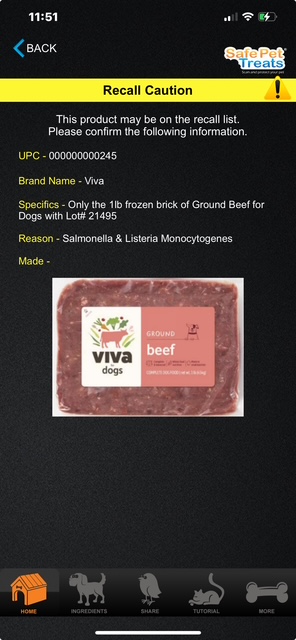Jeff Bezos’ Blue Origin space venture is among six companies that will be producing studies for NASA looking at low-cost ways to use orbital transfer vehicles to deliver spacecraft to hard-to-reach orbits for the space agency. The awards will support nine studies in all, with a maximum total value of about $1.4 million, NASA said today. “With the increasing maturity of commercial space delivery capabilities, we’re asking companies to demonstrate how they can meet NASA’s need for multi-spacecraft and multi-orbit delivery to difficult-to-reach orbits beyond current launch service offerings,” Joe Dant, orbital transfer vehicle strategic initiative owner for the Launch… Read More

Jeff Bezos’ Blue Origin space venture is among six companies that will be producing studies for NASA looking at low-cost ways to use orbital transfer vehicles to deliver spacecraft to hard-to-reach orbits for the space agency.
The awards will support nine studies in all, with a maximum total value of about $1.4 million, NASA said today.
“With the increasing maturity of commercial space delivery capabilities, we’re asking companies to demonstrate how they can meet NASA’s need for multi-spacecraft and multi-orbit delivery to difficult-to-reach orbits beyond current launch service offerings,” Joe Dant, orbital transfer vehicle strategic initiative owner for the Launch Services Program at NASA’s Kennedy Space Center, said in a news release. “This will increase unique science capability and lower the agency’s overall mission costs.”
Blue Origin will conduct two studies — one that focuses on potential NASA applications for its Blue Ring multi-mission space mobility platform, and another that focuses on how the upper stage of its New Glenn rocket could be used.
The first New Glenn launch sent a test payload for the Blue Ring program into orbit in January. The second New Glenn launch is due to put twin orbiters on a path to Mars for NASA’s ESCAPADE mission later this year. Blue Origin’s first full-scale Blue Ring spacecraft is currently scheduled for launch in 2026, with Scout Space’s Owl space domain sensors among the payloads.
The other companies involved in NASA’s studies are:
- Texas-based Arrow Science and Technology, which will partner with Quantum Space to study applications for Quantum’s Ranger spacecraft.
- Texas-based Firefly Aerospace, which will focus on potential uses for its line of Elytra orbital vehicles. Firefly acquired Seattle-based Spaceflight Inc. in 2023, and its Elytra vehicles draw upon the heritage of Spaceflight’s Sherpa vehicles.
- California-based Impulse Space, which will produce two studies focusing on its highly maneuverable Mira spacecraft and its high-energy Helios kick stage.
- California-based Rocket Lab USA, with one study focusing on the upper stage of its Neutron rocket, and the other focusing on a long-life orbital transfer vehicle based on its Explorer spacecraft.
- Colorado-based United Launch Alliance, which will assess the cislunar mission capabilities of an extended-duration Centaur V upper stage.
The studies are due to be complete by mid-September, and NASA will incorporate the findings into its plans for future space missions.












